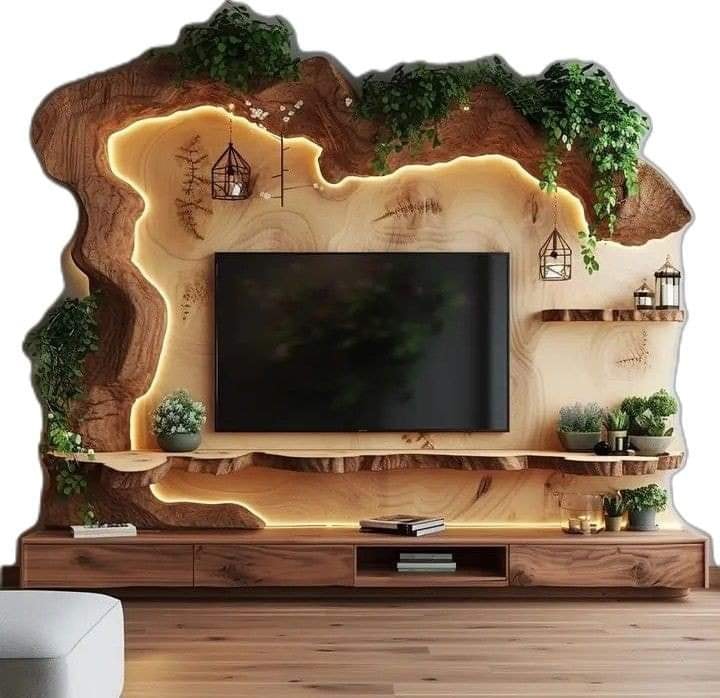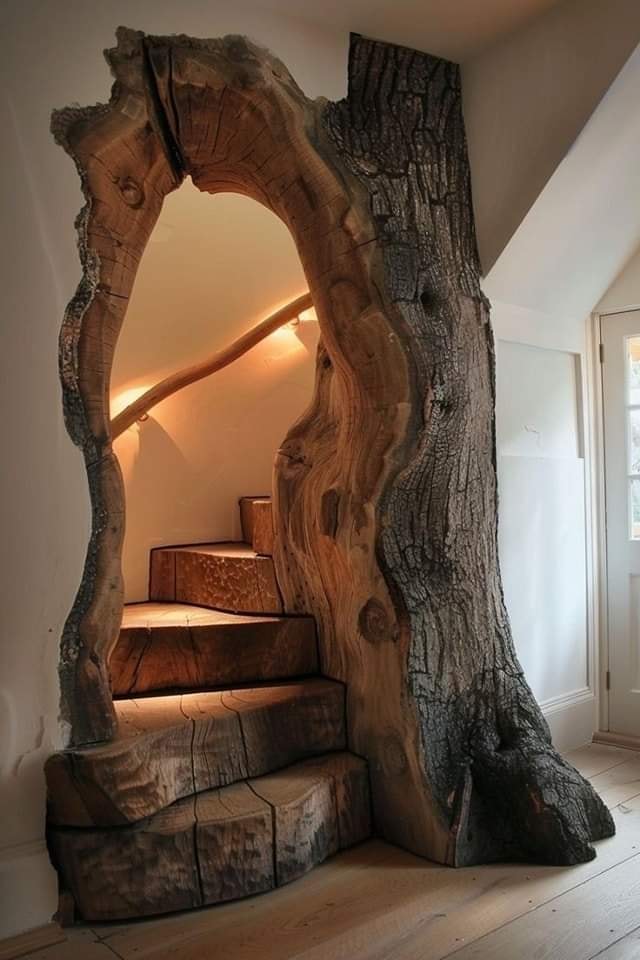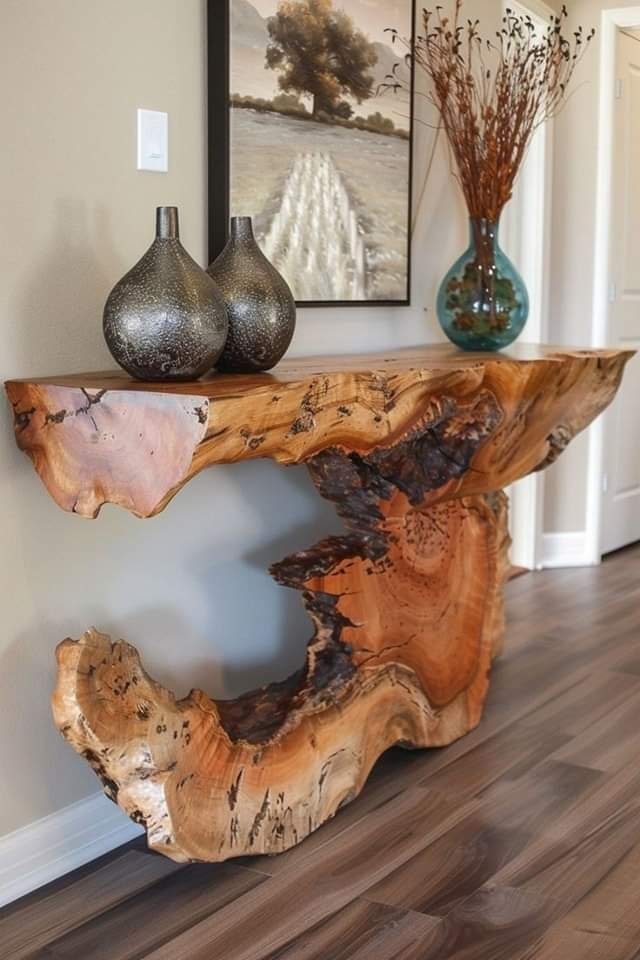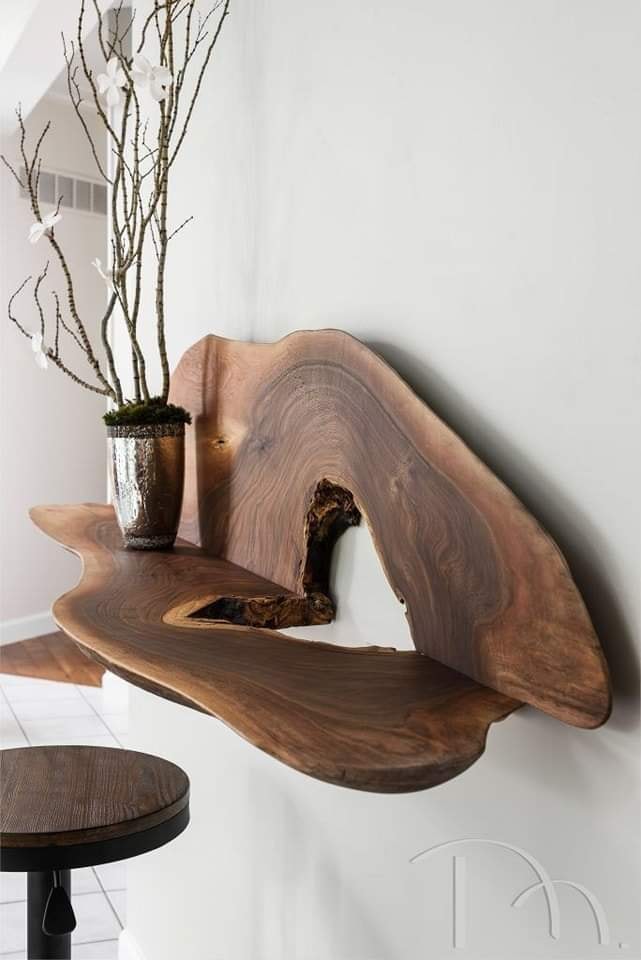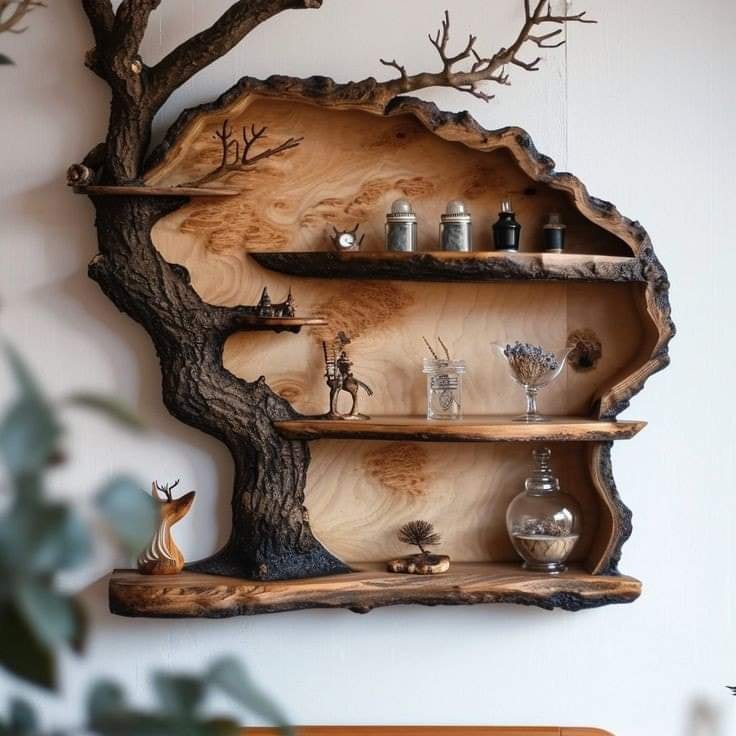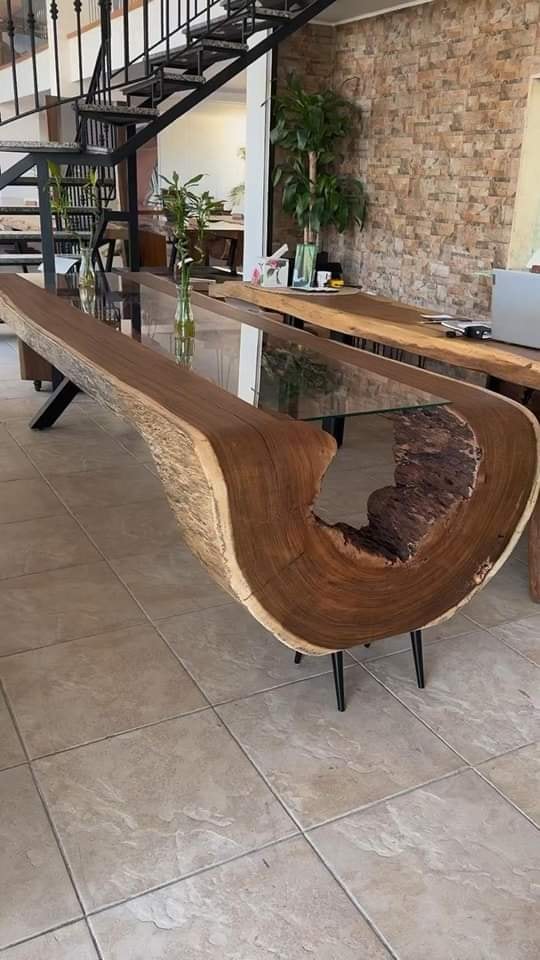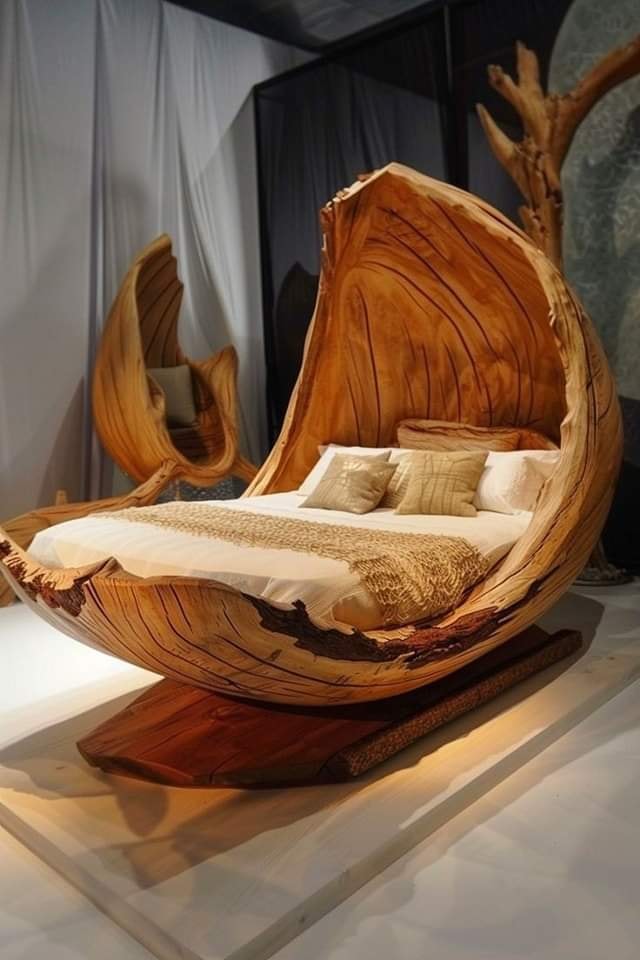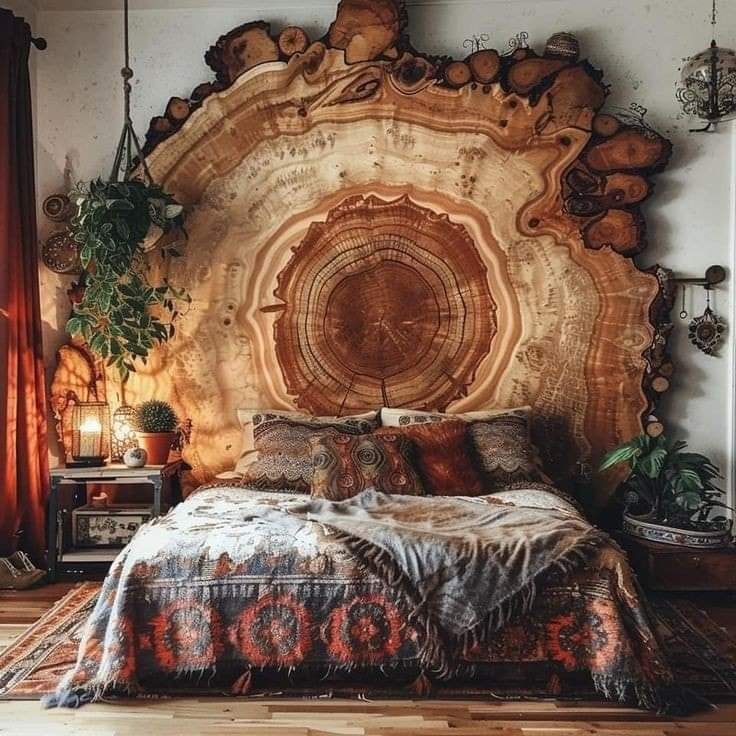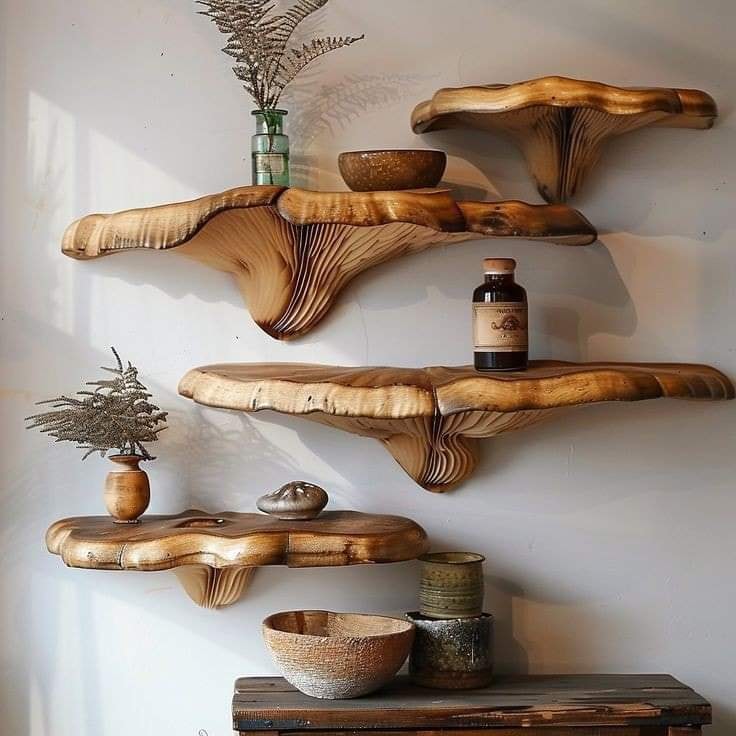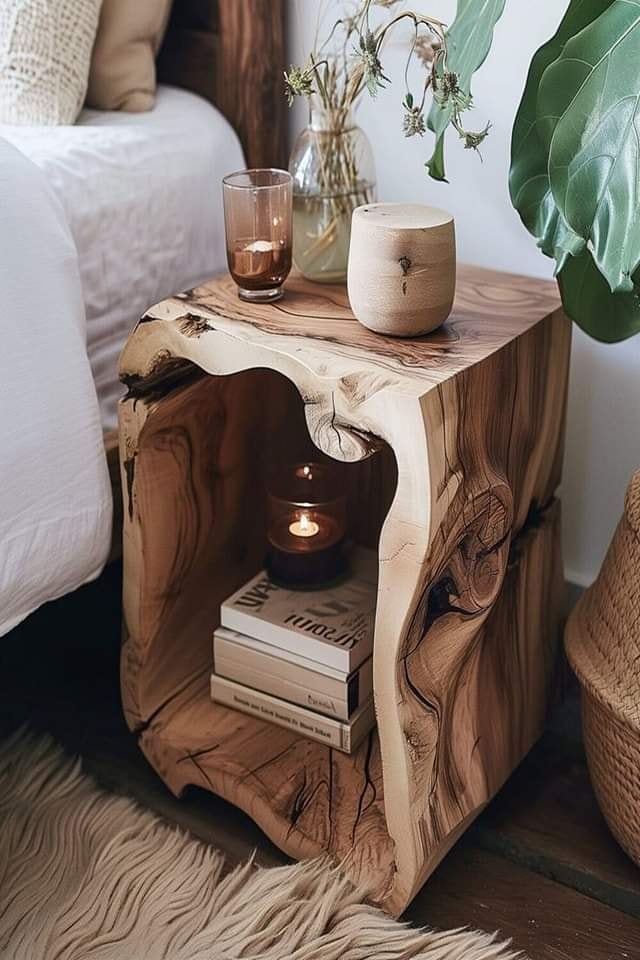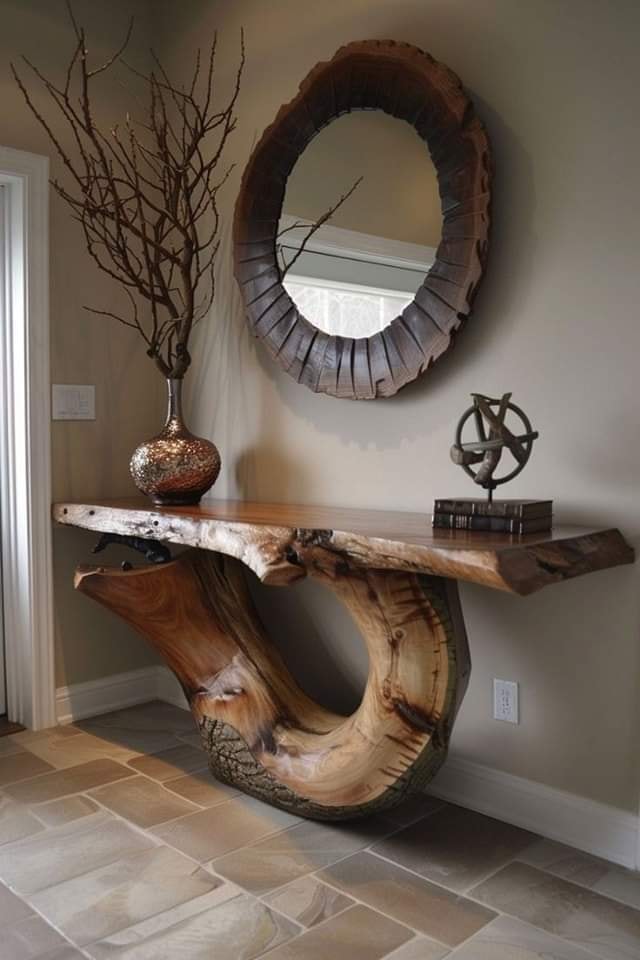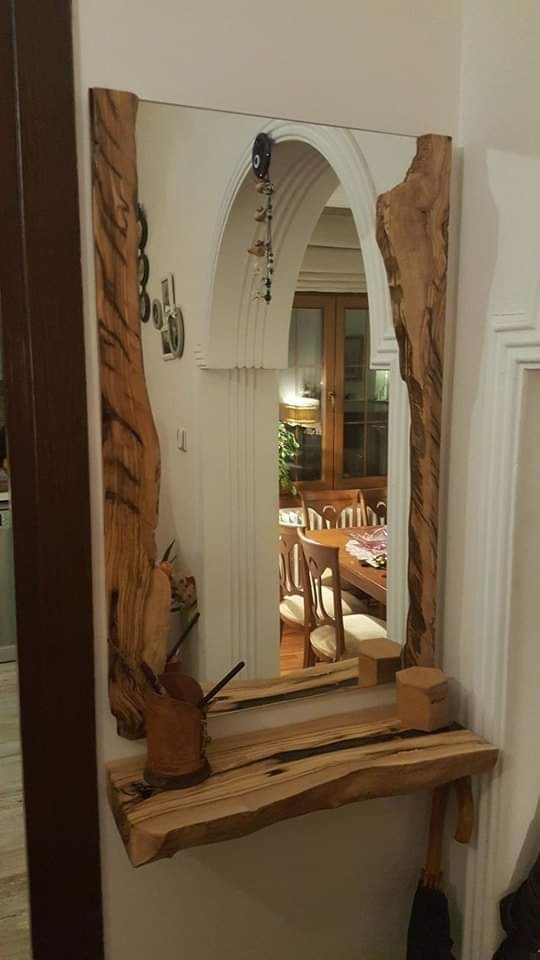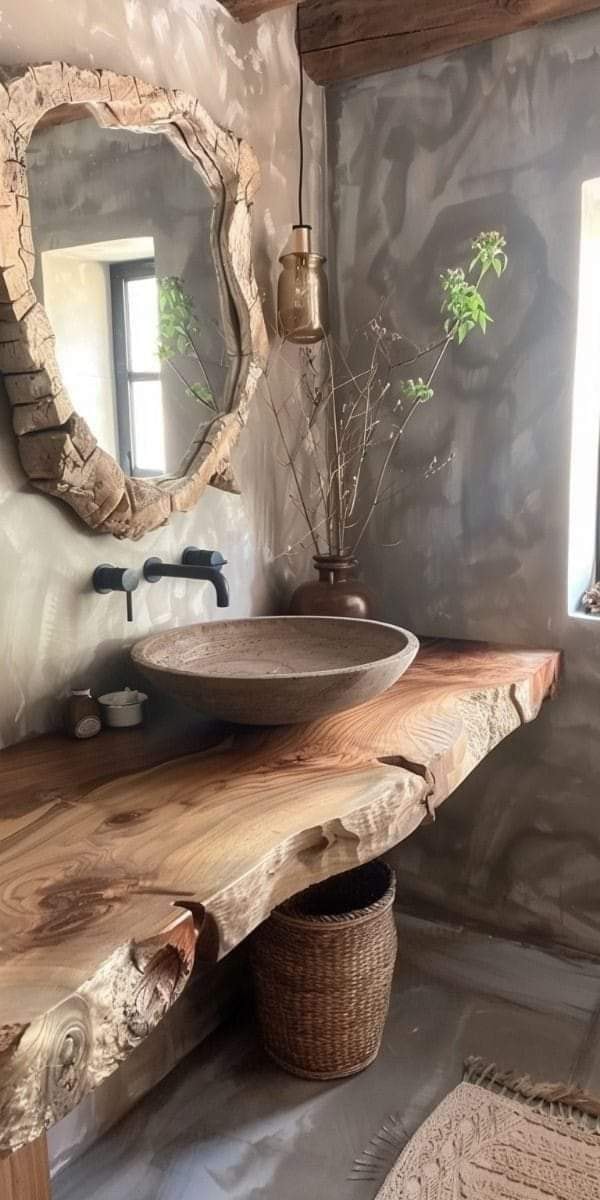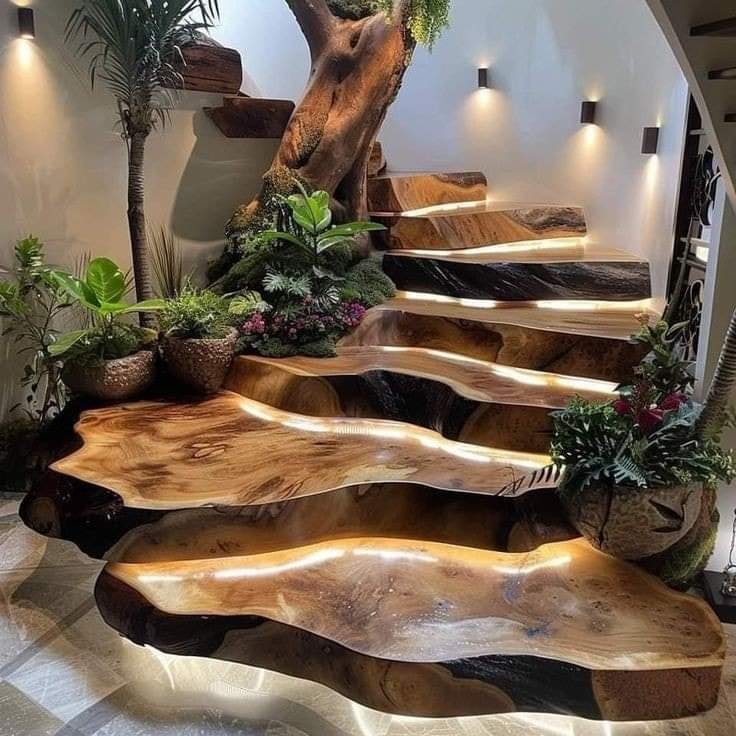
Using Wood Scraps to Create Beautiful Interiors: Rustic Charm with a Purpose
Wood scraps are often overlooked, but in the hands of a creative mind, they become a powerful tool for beautiful and eco-friendly interior design. From reclaimed planks to leftover trimmings, scrap wood can add texture, warmth, and character to any room. Repurposing these materials is not only sustainable—it brings a handcrafted charm that modern materials often lack.
Wall Accents and Paneling
One of the most popular ways to use wood scraps is as wall décor. Arrange pieces of varying tones and sizes to create an accent wall or geometric pattern. Whether painted, stained, or left raw, the result is a one-of-a-kind surface that tells a story. These walls work beautifully in bedrooms, living rooms, and even hallways—offering a rustic or contemporary feel depending on your style.
DIY Furniture and Fixtures
Wood scraps are ideal for creating small furniture pieces like side tables, stools, or shelves. Mixing wood tones adds a creative flair, while the imperfections in the pieces give the furniture its own personality. With a bit of sanding and sealing, wood scraps can be made smooth and durable enough for everyday use—proving that beauty doesn’t always come from perfection.
Functional and Stylish Storage
Transform scrap wood into useful storage solutions. Floating shelves, crates, or drawer dividers crafted from reclaimed wood are both practical and aesthetic. These additions help maintain an organized space while showcasing sustainable living. Even small pieces can be used to create hooks, key holders, or picture frames for decorative organization.
Sustainable Design That Tells a Story
Using wood scraps in your interior isn’t just about design—it’s about values. It shows a commitment to reducing waste, honoring craftsmanship, and celebrating natural materials. Each piece of wood has a history, and incorporating it into your home creates a space with soul. When sustainability and creativity meet, the result is both meaningful and beautiful.
.
.
.
.
.
.
.
.
.


